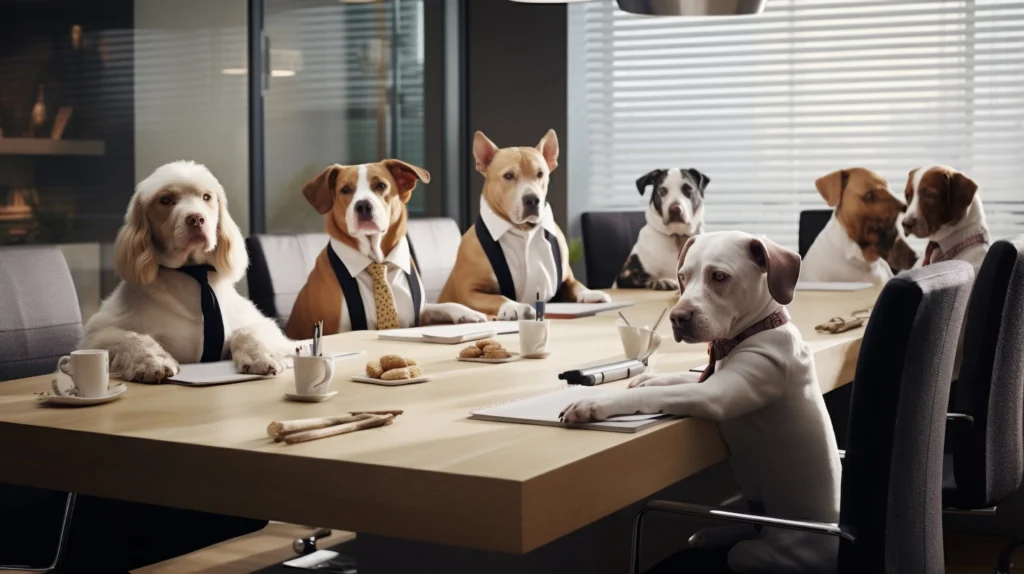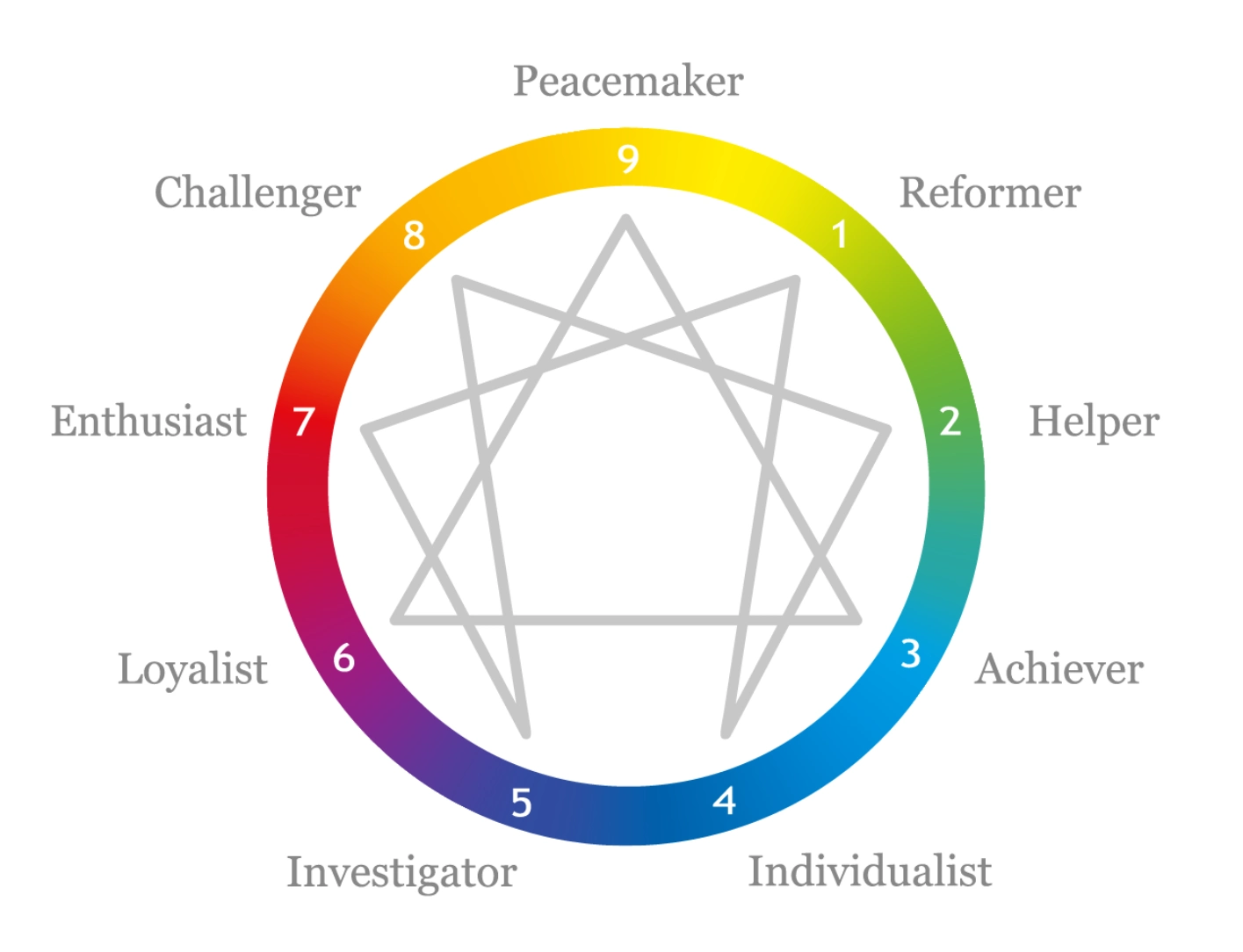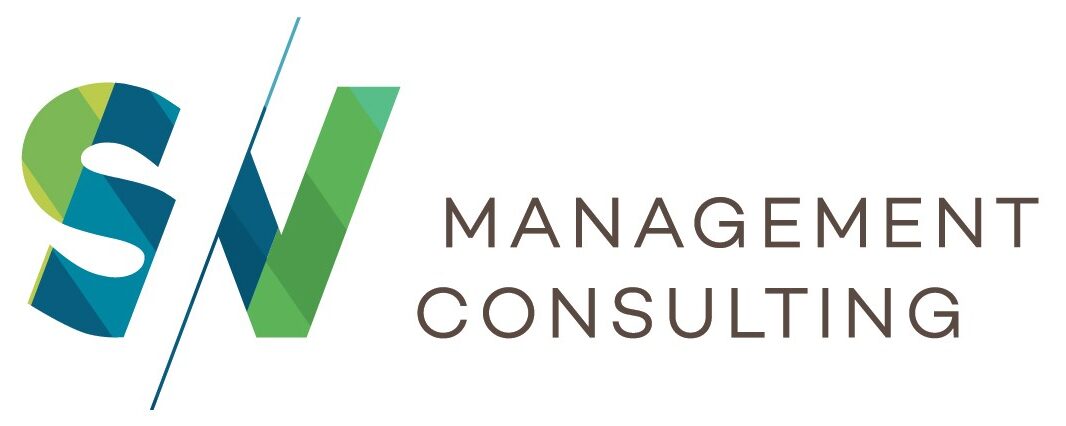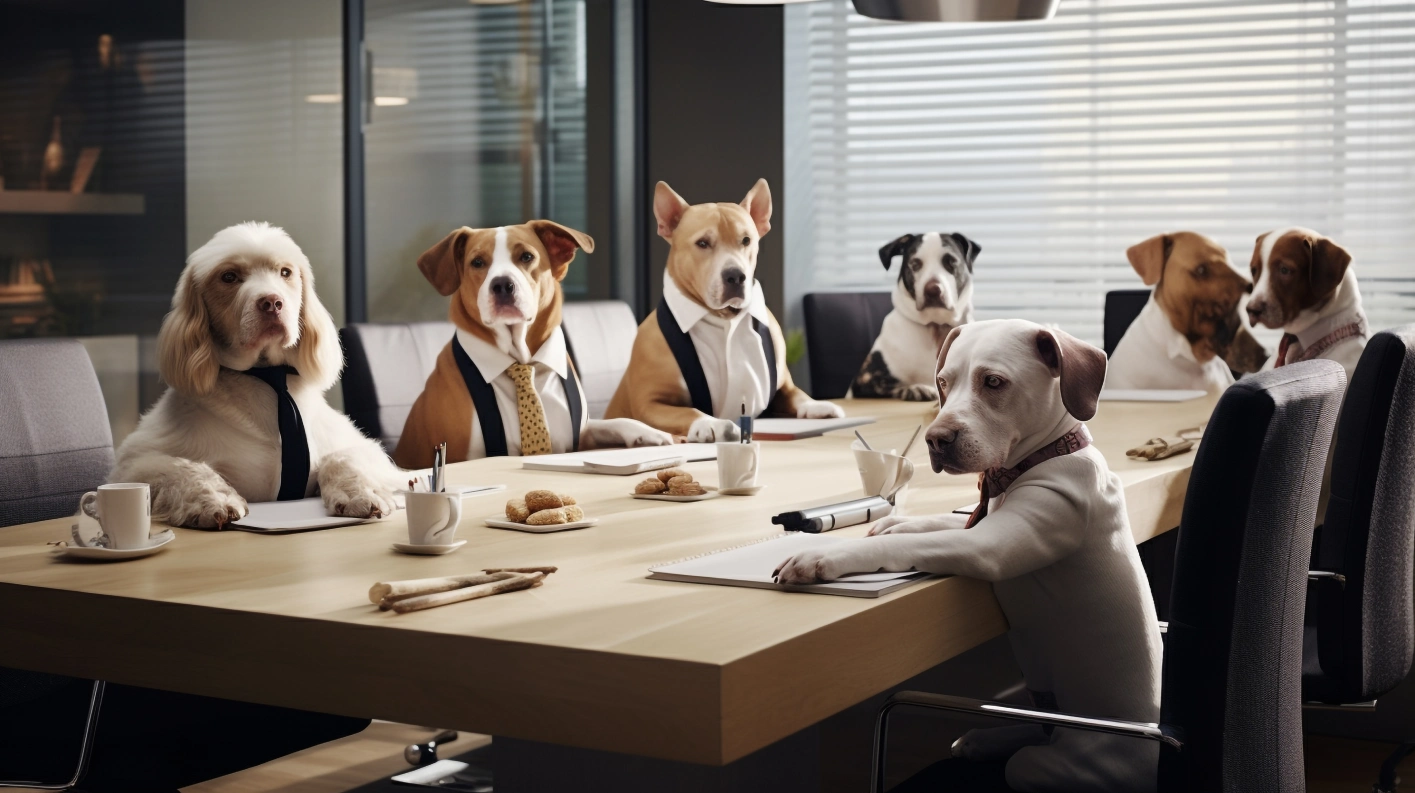
Commercial Real Estate has made headlines in the past couple of years. And unfortunately, the focus has been on the risks rather than the rewards: higher interest rates, work-from-home’s impact on business, and — depending upon location — an increase in concessions to get deals done. For many CRE professionals who have weathered the cycles of expansion and contraction, we know that real estate remains an incredible career, but it’s not always an easy or straightforward path. And in 2024, CRE leaders will continue to navigate uncertainty.
Commercial real estate will experience more acquisitions, mergers and reorganizations amidst a recovering economy. AI will continue to disrupt the technology landscape, the evolution of work dynamics will shape urban spaces, and a growing emphasis on sustainability will fundamentally change industry practices and standards. But one thing will remain constant during these critical times of transformation: developing, training and retaining top talent.
In fact, the war for talent will escalate in 2024, as reported by NAIOP, and CRE firms of all sizes need to focus on retention and recruiting strategies.
At times when taking care of our people is most important, companies sometimes get overwhelmed with all of the factors impacting business and get distracted from nurturing talent. It’s akin to being at the dog park; everyone is thrown together to “sniff” out the competition, make friends, mark their territory, or build a pack.
Personality Types
Have you ever watched dogs react to different breeds at the park? The myriad behaviors and traits are fascinating. While I am not an expert in dog assessments, the personality traits noted below are associated with the Enneagram, an assessment tool that helps leaders and organizations understand the personality types, strengths and areas of improvement of their people. There are nine personality types in the Enneagram, which I’ve modified for a day at the dog park:
The Challenger: Huskies are intelligent and stubborn.
The Perfectionist: Border Collies are one of the most intelligent breeds.
The Performer: German Shepherds are obsessed with opportunities to perform.
The Helper: Golden Retrievers excel at providing emotional support.
The Romantic: Cavalier King Charles Spaniels have warm dispositions and charm.
The Investigator: Australian Shepherds are highly curious.
The Loyalist: Great Pyrenees are known for fierce loyalty.
The Enthusiast: Labrador Retriever- they are high energy and up for anything The Peacemaker: Golden Doodles are relaxed and goofy, exuding a sense of fun.
I realize this is a whimsical portrayal of personality types, and I bet you will never look at your team the same after reading this article. Also, you may not agree with the categories I designated for each breed, and that is exactly the point. One of the things about assessments, like the Enneagram, is that “it recognizes and takes into account the fluid nature of personality, which is constantly adapting as circumstances change.” The point is that a leader’s behavior is always moving up and down on a spectrum ranging from healthy to unhealthy depending on where each person is at and what is happening in their lives.

Like people, these dogs could fit into many categories but have traits that seem stronger in certain core areas. However, depending on what happens at the park, they can quickly change how they react. The Enneagram (like many other assessments) provides a guideline of leadership strengths and obstacles. The behaviors we see at the dog park can be compared to the same reactions of humans when confronted with change within the company. When facing uncertainty, humans can form packs, experience fear of change, and defensiveness can creep in when there is no feeling of safety. Both humans and dogs are constantly assessing their opponents, getting the lay of the land, and scoping out how to get what they want. In a time of change, employees are looking for support, friends, and an understanding of what might impact them. The difference between humans and dogs is choice. When provided with the tools and training to excel — especially during periods of change and uncertainty — employees can choose to take the time to understand themselves and how they react to change. When nurtured, they can control emotions and see their role in the bigger picture.
Transformative Leadership in Change Management
During a merger, acquisition, or restructuring, there is often chaos — no matter how hard leaders try to plan and organize. Change affects people, and with change comes fear. Transparency and authenticity in a well-communicated strategy are critical during this time to get teams out of the doldrums and ease anxiety. Leaders must help their teams prioritize the new vision without losing sight of the day-to-day work that drives revenue and maintains core business.
Some companies use in-house teams to manage organizational transformation. But this can backfire when the in-house talent is struggling with internal politics, managing their own fears, or facing burnout from balancing day-to-day duties with a reorg strategy. Additionally, some leaders are not positioned to understand the impact that change has on them, inhibiting their ability to lead at a time when transformative leadership is critical.
Prepared leaders have a transformation strategy that showcases emotional intelligence and considers every person within the organization, starting with aligned leadership. Change management requires a clear strategy, transparency, and authenticity. But most importantly, it takes time that many leaders do not have. During mergers, acquisitions, or restructuring, the focus must remain on assessing and retaining talent, updating job descriptions, setting strategy, maintaining organizational efficiency, and meeting deadlines and deliverables promised to stakeholders.
The problem is there is rarely enough time for in-house teams to successfully manage transformational change for all of your employees.
Supporting and Empowering Your Team
If your company is planning a merger, acquisition, or any type of reorganization in 2024, you must approach every relationship with fresh eyes (much like our dogs meeting at the dog park). Relationships are the single most important thing in business, yet leaders struggle to spend the time needed to improve and maintain relationships.

Consider asking yourself these questions:
- What is most important to achieve my results?
- How can my team support these efforts?
- What is my communication style?
- How can I support the company culture and help others adopt it?
Then, establish systems and processes that empower your employees through the transformation:
- Set regular check-ins with all divisions.
- Provide high-potential employees with new leadership opportunities.
- Offer coaching and one-to-one guidance for changes in roles and responsibilities.
- Create space for the teams tofeel safe.
- Understand what is important to each employee.
- Establish mechanisms for peer-to-peer support.
- Lead with empathy.
- Build excitement for new processes and procedures.
- Approach the transition with a company culture and ethos of learning.
By engaging all employees in the transformation journey, leaders can help others — and themselves — overcome fear, find strength, and showcase talents.
Communication and Proactive Planning
Periods of transformation are the time to leverage your top leaders. Like a dog pack, strong leaders (regardless of title or position) can influence others and create an atmosphere of motivation and excitement while keeping negative conversations, politics, and gossip at bay. Leverage them as ambassadors of change who can help communicate important information positively. This is a job not only for your Governance and HR teams but for all leaders in the organization.
Transparently share your roadmap of key milestones, where trigger events have been accounted for and assessed. Regular check-ins and evaluations should occur along the way to monitor, gather feedback, and make adjustments as needed throughout the process and beyond. Loss of employees can occur when there is no core focus or process to manage questions and concerns, leaving employees to create their own narratives and agendas.
While organizational transformation can cause fear, anxiety, and feelings of uncertainty, it is also a time to celebrate change, new beginnings, and future growth. With the support of an organizational transformation expert, you can help your team excel and embrace the new way of doing business.
Planning for a merger, acquisition, or reorganization? Sarah Vasquez Management Consulting can help.


